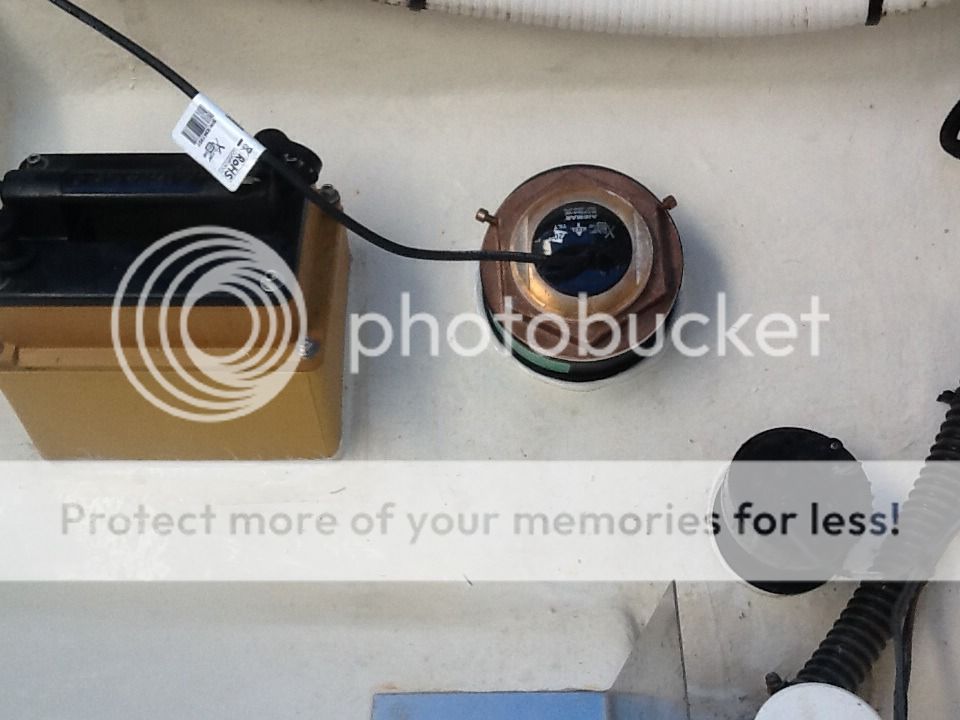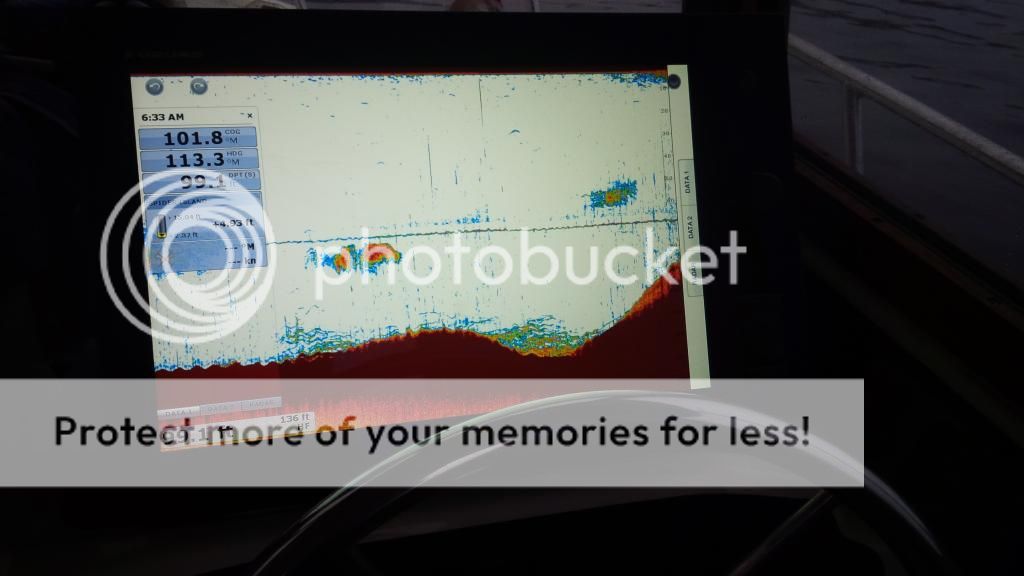Lots of factors to consider when running two or more fish finders/sonar units as to whether or not they will "step" on each other. Transducer placement is important. IF you're running two transom mount skimmer type transducers side by side off your stern, both in dual mode at 50/200 kHz, chances are you'll see interference on the screen as "snow". It can be tuned out to a degree by adjusting gain and signal strength but the transducers will still likely step on each other due to proximity
I run a P66 skimmer off my stern for a Furuno 587, then have an M260 in-hull (in a wet box) and a CHIRP through-hull approx. a foot away from it. I can run all three simultaneously and still get a clean picture. Again, part of it is transducer placement on your boat as well as what frequency they are producing

The M260 in the wet box is a true 50/200 transducers (at 1,000 W) and the Chirp scans between 150 to 250 so there is minimal "noise" when running both together. The third "puck" transducer at the lower right fires at 235 KHz and is just for tracking bottom in shallow water
Also, never run your transducer wiring in a bundle---keep them separate, and ground them where possible.
There is the brand of electronics to consider. Keeping everything the same brand might help--- I've stuck with Furuno in my boats--- the newer Furunos have lots of digital noise suppression software-----the FDF (Furuno Digital Filter) technology helps adjust gain and clutter and output power, as well as suppressing "main bang" which keeps the targets clean and easier to decipher, even when multiple units are being used simultaneously.
As to the comment ...." what is the purpose of tracking the ball.....just focus on tracking the bottom and the bait..." Yes, tracking bait and bottom is good
But when I fish, I want to see my ball's position relative to the bait. I feel a fish will be more likely to see my offering if I'm able to skim the top (or bottom) of each bait ball, (rather then plowing through the middle of it...)

Or.........






